If you thought Machu Picchu was the most magical and charming thing in Peru until now, the truth is that it is not. Other destinations also amaze us with their construction engineering, except in the case of the Uros Islands, where we are talking about houses on the largest lake in South America and the world, the highest above sea level at about 3810 meters. If this little introduction interests you, stay and discover the Floating Islands of Peru.
Floating Islands of the Uros
History of the Floating Islands of the Uros
The history behind the Uros Islands dates back to 1500 BC, when the Uros descendants of the ancient Pukana culture, who spoke Pukina, were forced to leave their lands attacked by the Incas and settle in the waters of the Lake Titicaca. For this purpose, they had to build floating houses that could be moved if necessary. The material used to create these houses is called totora, a resistant plant that grows in the depths of the lake.
In addition to creating the floor that will support the house on the surface, totara is also used to build absolutely everything inside and outside the home, from furniture and beds to boats.
For centuries, the Uros communities lived by fishing and domesticating partridges. However, today, they have considerably modernized their lifestyle by using solar panels to generate electricity for some appliances, such as televisions and radios.
Uros culture
Uros floating Island in Puno is made up of 120 floating islands built by its people. The ingenuity behind these houses lies in the way their inhabitants use the totora reed. These have dense and intertwined roots, which naturally form layers called Khili. Later, they are covered with other layers of reeds that are periodically replaced from the top as they rot below.
The language currently spoken by the Uros is Aymara, and despite centuries of history, its culture is still rich in folklore and traditional crafts. The Uros are known for their beautiful, colorful textiles and quite elaborate embroidery, which allude to natural themes and scenes from their daily lives.
How to visit the floating island of the Uros
Indeed, after reading this introduction to this beautiful community, you will want to know how to get to know it. Do not worry—you are in the right place. Here, we will tell you in detail how to venture on this journey of magic and color.
- Puno is the gateway to the Uros islands, to get to this city you can do it by bus from Cusco or also, if it is more comfortable for you, take a plane from Cusco to Juliaca, and from there take a taxi to Puno, it is a considerably short trip.
- Once in the city that leads to the islands, you can opt for a guided tour, either half-day or full-day or choose a tour; for the latter, you need to make a reservation in advance from a travel agency or online platform.
The best time to visit
Although Peru's climate has two seasons, dry and rainy, tourists usually visit the Uros Islands during the first season, from May to October. However, you can still go during the rainy season, from November to April. In fact, during this season, you can enjoy it even more due to the lower influx of people.
⏩Read more: The best time to visit Peru
What to expect
First of all, expect to be surprised to see how it is possible to live according to ancestral traditions in the modern era. The inhabitants of the Island will be the ones who welcome you with the kindness that characterizes them. Next, they will show you everything about their lifestyle, from how the island was built, their houses, the boats, and of course, the essential material for all their buildings, the totora.
You will also be able to learn about their crafts and even participate in the making of one. You will also be able to live the unique experience of taking a boat ride on Lake Titicaca and exploring Uros Island.
Islands of Lake Titicaca
Although the Island of Los Uros is a beauty worthy of admiration, Lake Titicaca is enormous, and there is much more to see, such as the islands of Taquile and Amantani; here, you can fully immerse yourself in the ancestral traditions of its inhabitants.
Taquile Island
Known for its famous textiles that are part of the intangible cultural heritage of the world, recognized by UNESCO, Taquile belongs to the island district of Amantani; it takes two and a half hours of navigation from the Island of Los Uros to reach Taquile. The ethnic groups that inhabit this island live from sheep farming, crafts, textiles, and stone carvings; it is the place that gave life to the cantuta flower.
Amantani Island
Amantani is famous for its ceremonial temples dedicated to Pachamama (Mother Earth) and Pachatata (Father Earth). Here, you can get a taste of the local lifestyle by spending the day or night with families who offer you a deep insight into their culture and traditions.
⏩Read more: Pachamama
How to visit the Islands of Lake Titicaca
Plan Your Trip
You can visit these islands on day trips from Puno. Still, we always recommend staying overnight with a local host family because you can fully immerse yourself in their culture and lifestyle. You can also take part in excursions in Puno that usually include meals and accommodation with the host family.
Activities to Enjoy
Here, you have the chance to do activities you have probably never done in your life, from traditional farming practices to making crafts or just taking in the magical views of the lake and the majestic Andes Mountains. You can also go to the highest points of the island to watch the sunrise or sunset, which offers you the best views to capture through the camera lens.
Cultural Etiquette
Please note that visiting the islands of Lake Titicaca is like entering a dimension that is undoubtedly unknown to many visitors. Hence, the importance of respecting local customs and traditions. Ask permission before taking photos of residents or their homes, and consider supporting the local economy by purchasing crafts directly from local artisans.
The floating islands of Lake Titicaca offers a glimpse into Peru's cultural heritage, where ancient traditions meet modern ingenuity. The Uros' totora-built islands, Taquile's renowned textiles, and Amantani's sacred temples each unveil unique stories of resilience and craftsmanship. Immerse yourself in this rich cultural tapestry, connect with local communities, and experience the essence of life on the world's highest navigable lake.

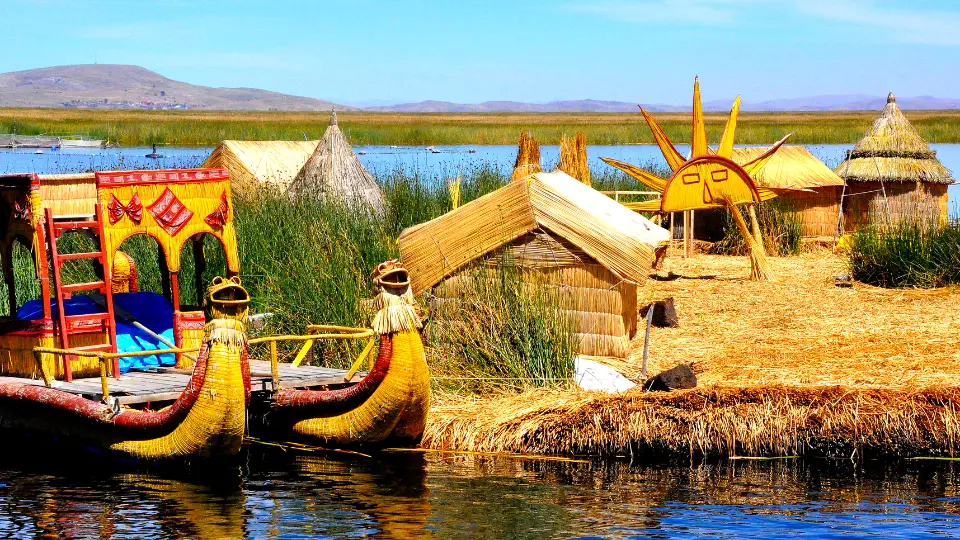

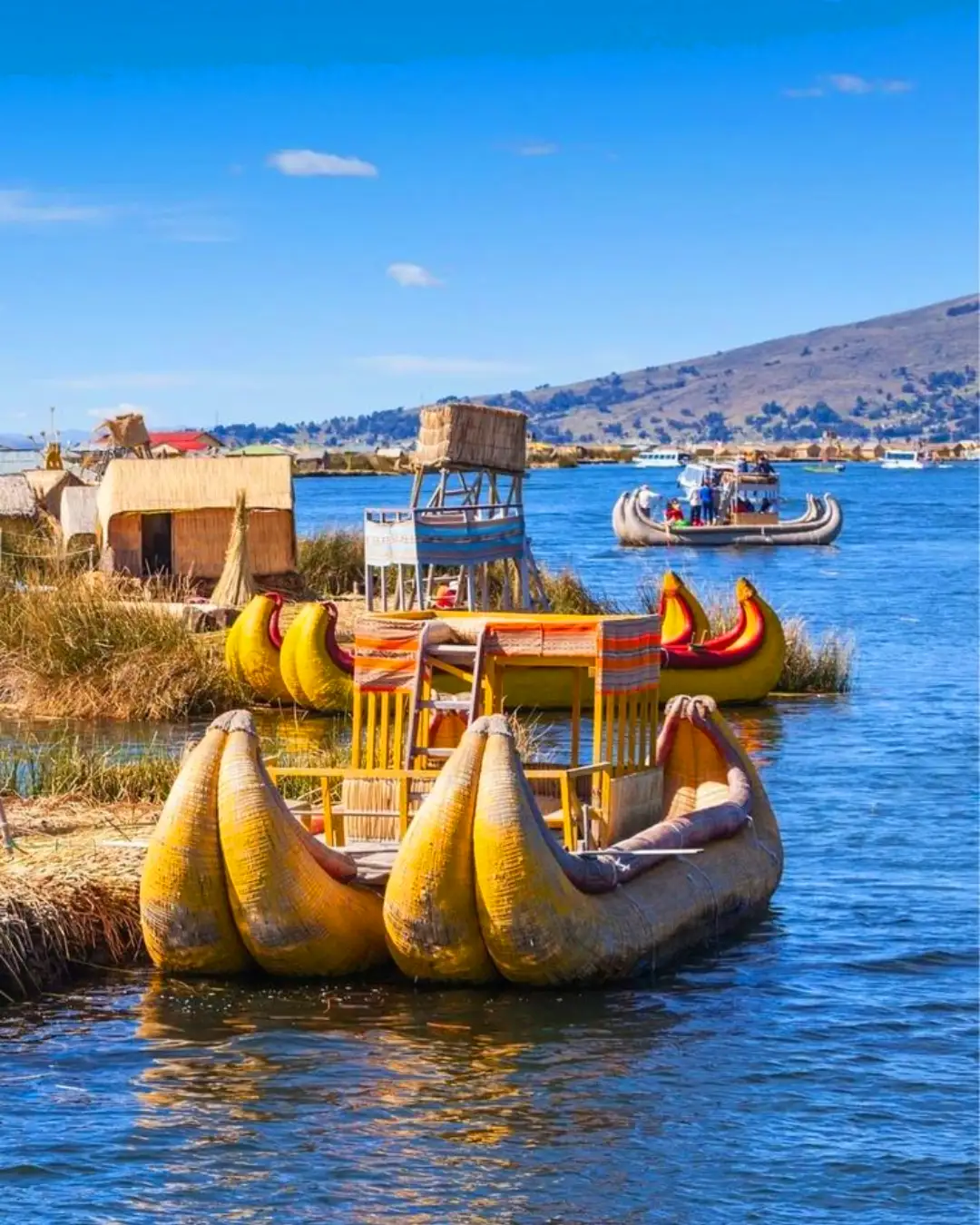
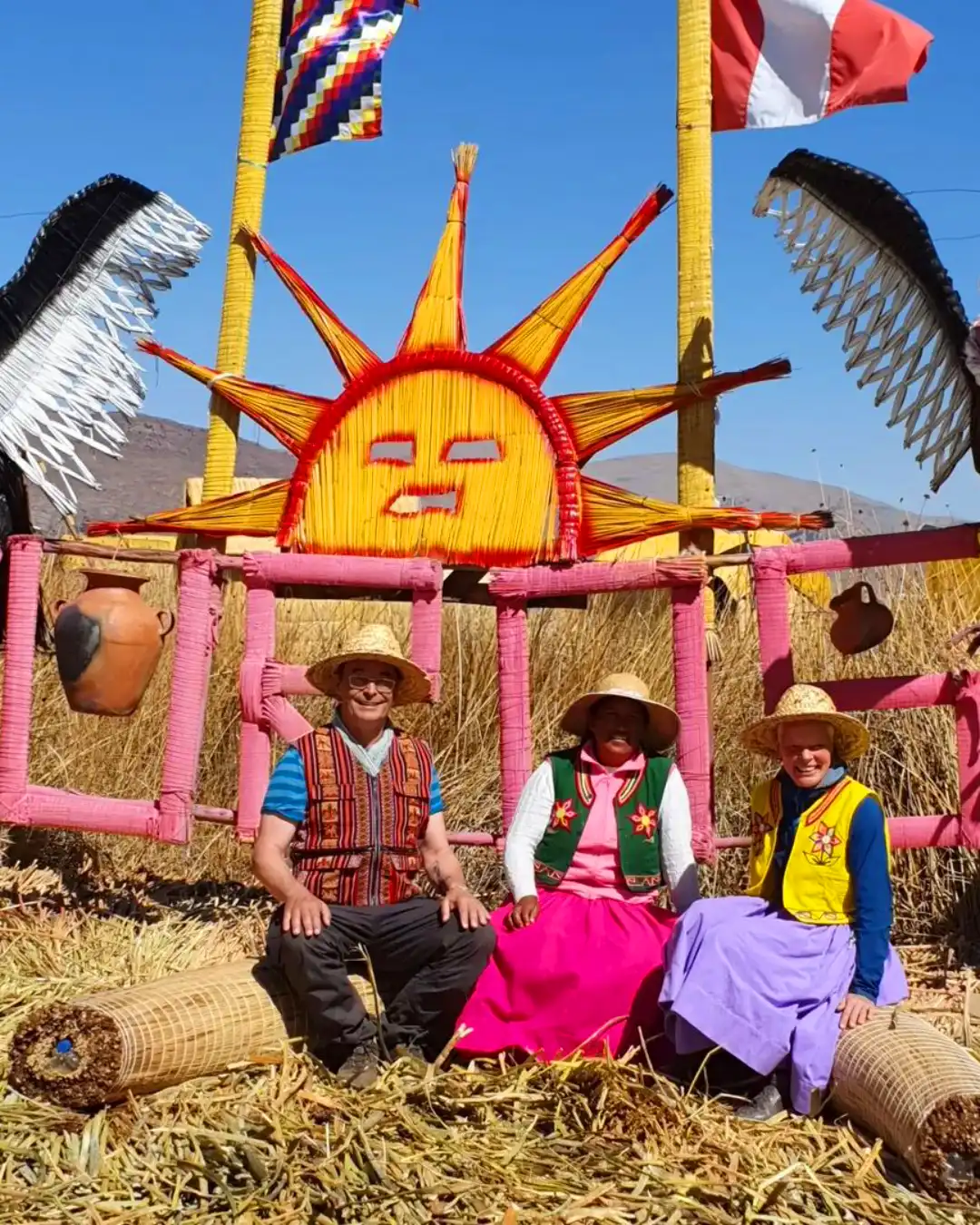
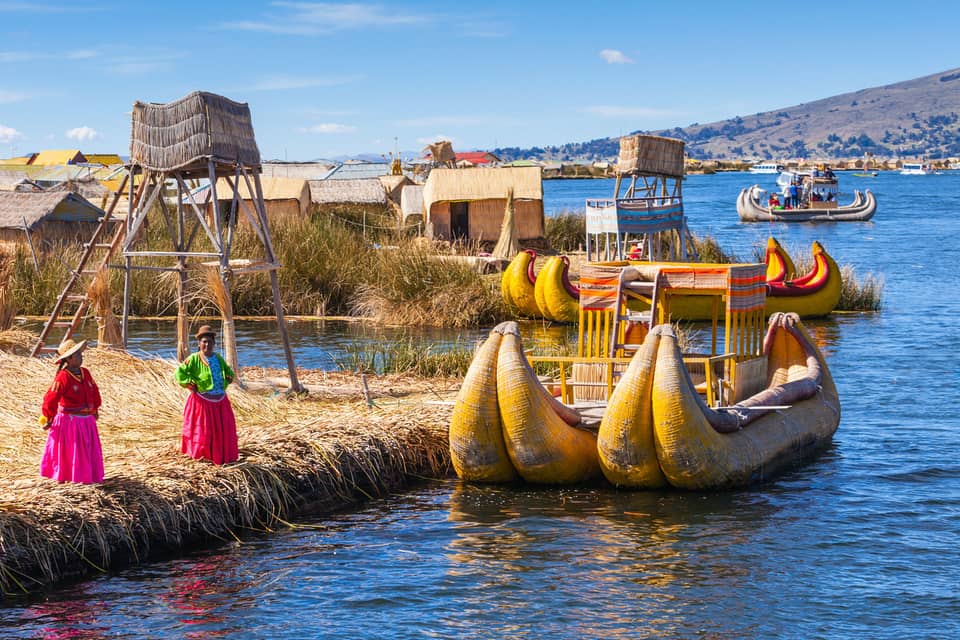

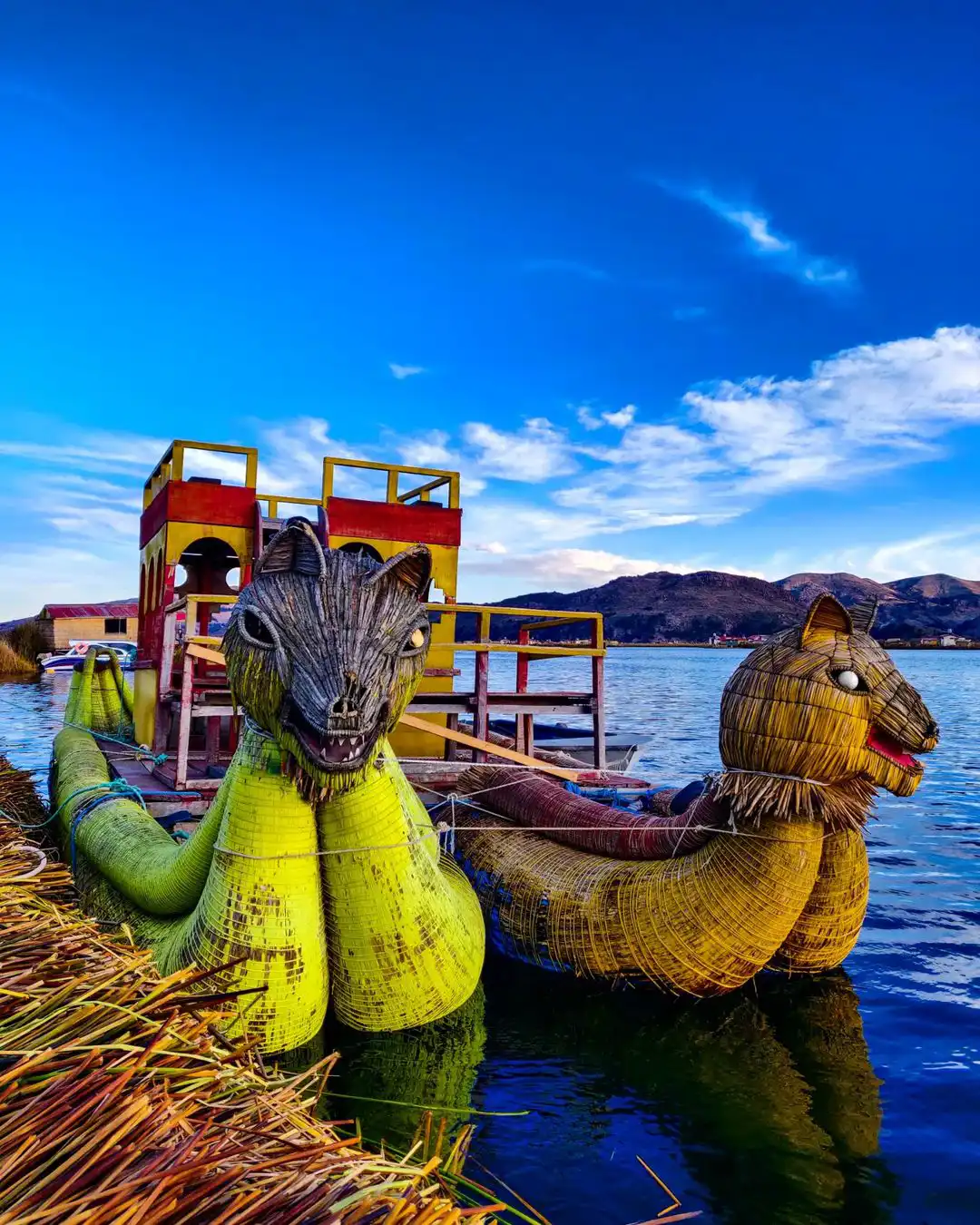
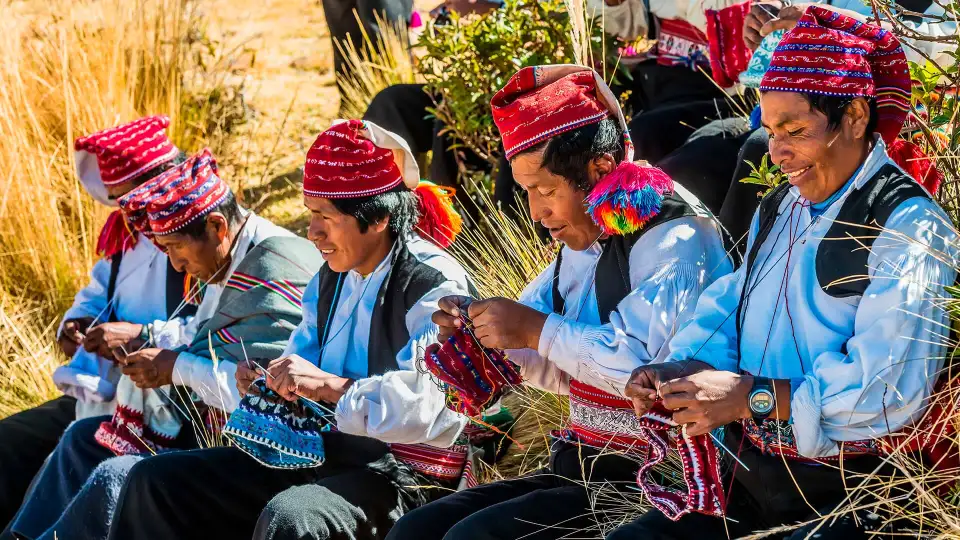
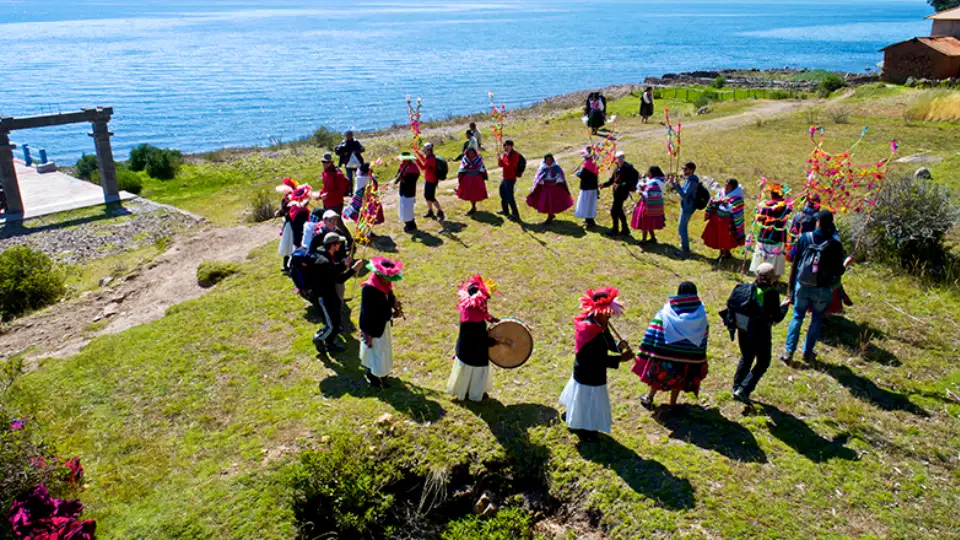
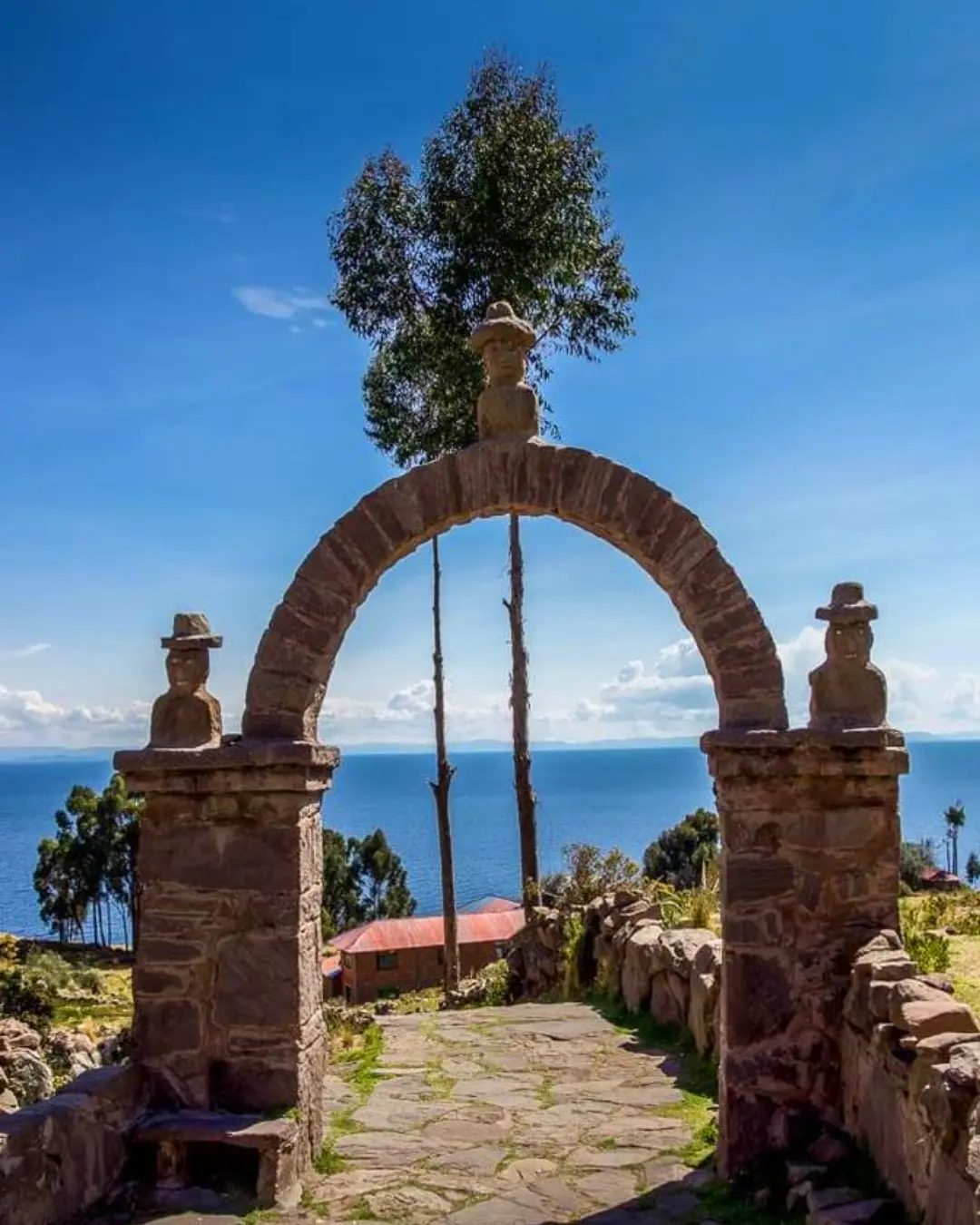
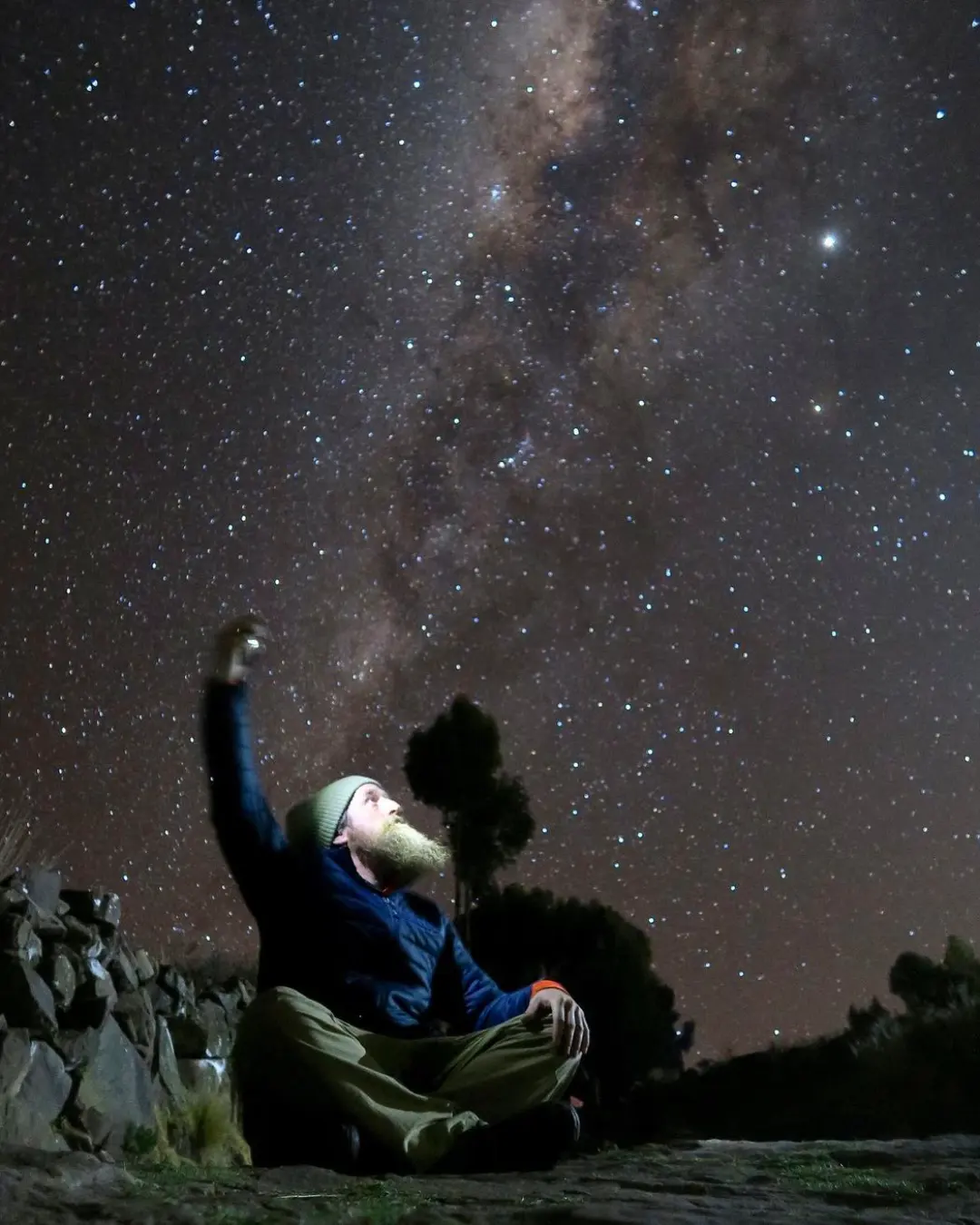
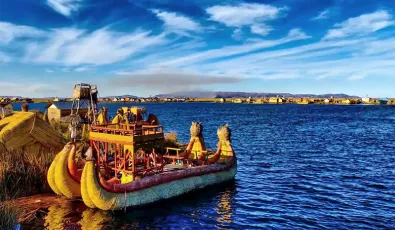
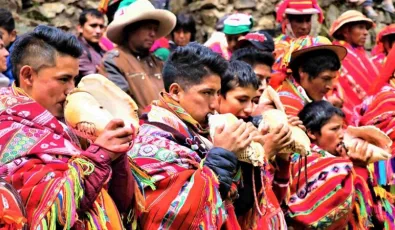

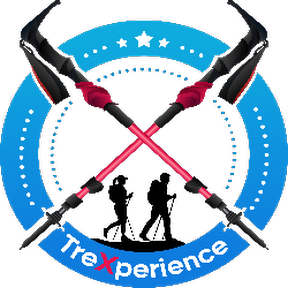
Add new comment